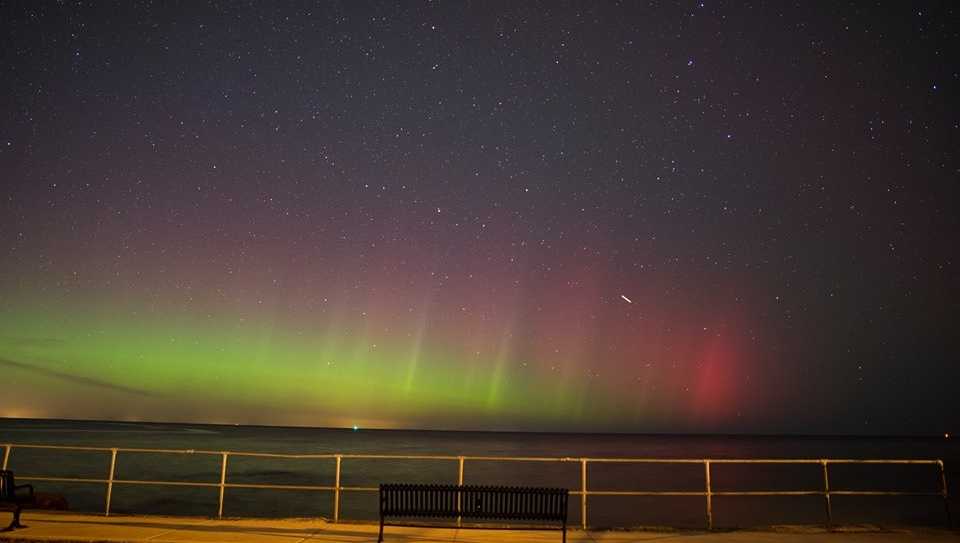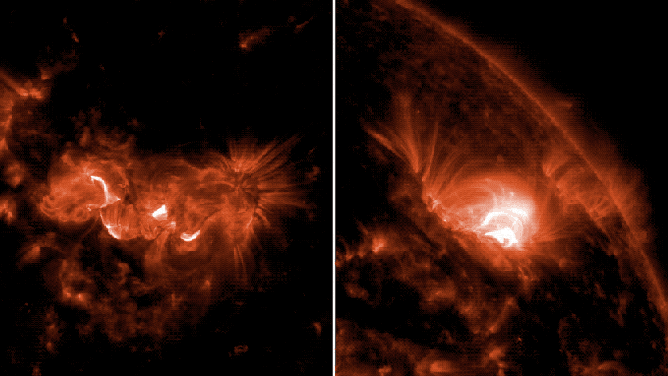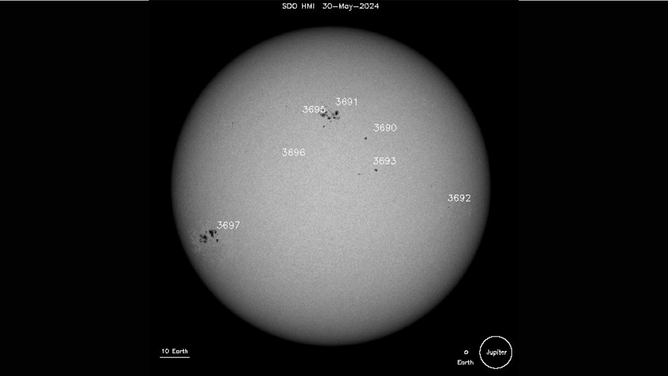
In late May 2024, the Earth experienced a series of intense solar storms and auroras caused by a powerful sunspot group named Active Region 3664. This sunspot group, now known as Active Region 3697, is expected to make another approach towards Earth in June. The interaction between Earth's magnetic field and the coronal mass ejections (CMEs) from this active region could result in minor to moderate geomagnetic storming and auroral displays.
The sunspot group that caused the historic aurorae in May was one of the strongest on record, with one of the most intense displays occurring on May 10. This event produced X-class solar flares and CMEs that interacted with Earth's magnetic field, resulting in auroras as far south as Jamaica, Mexico, India, South Africa, and Australia.
The sun is currently entering its most active period in two decades. This increased solar activity increases the likelihood of intense eruptions from the sun's surface. The Space Weather Prediction Center (SWPC) and NOAA are closely monitoring Active Region 3697 as it rotates back into view.
During its previous pass, Active Region 3664 produced a G5-level geomagnetic storm, the strongest since 2005. This event caused issues with precision GPS used for crop planting in the U.S. and Canada due to the solar wind taking more than 24 hours to stay connected to Earth's magnetic field.
While Active Region 3697 is not as large as it once was, it is still actively flaring and releasing magnetic energy into space. The new moon during this period means skies will be darkest, making any solar storms visible. Skywatchers around the world are eagerly anticipating another potential display of auroras.





